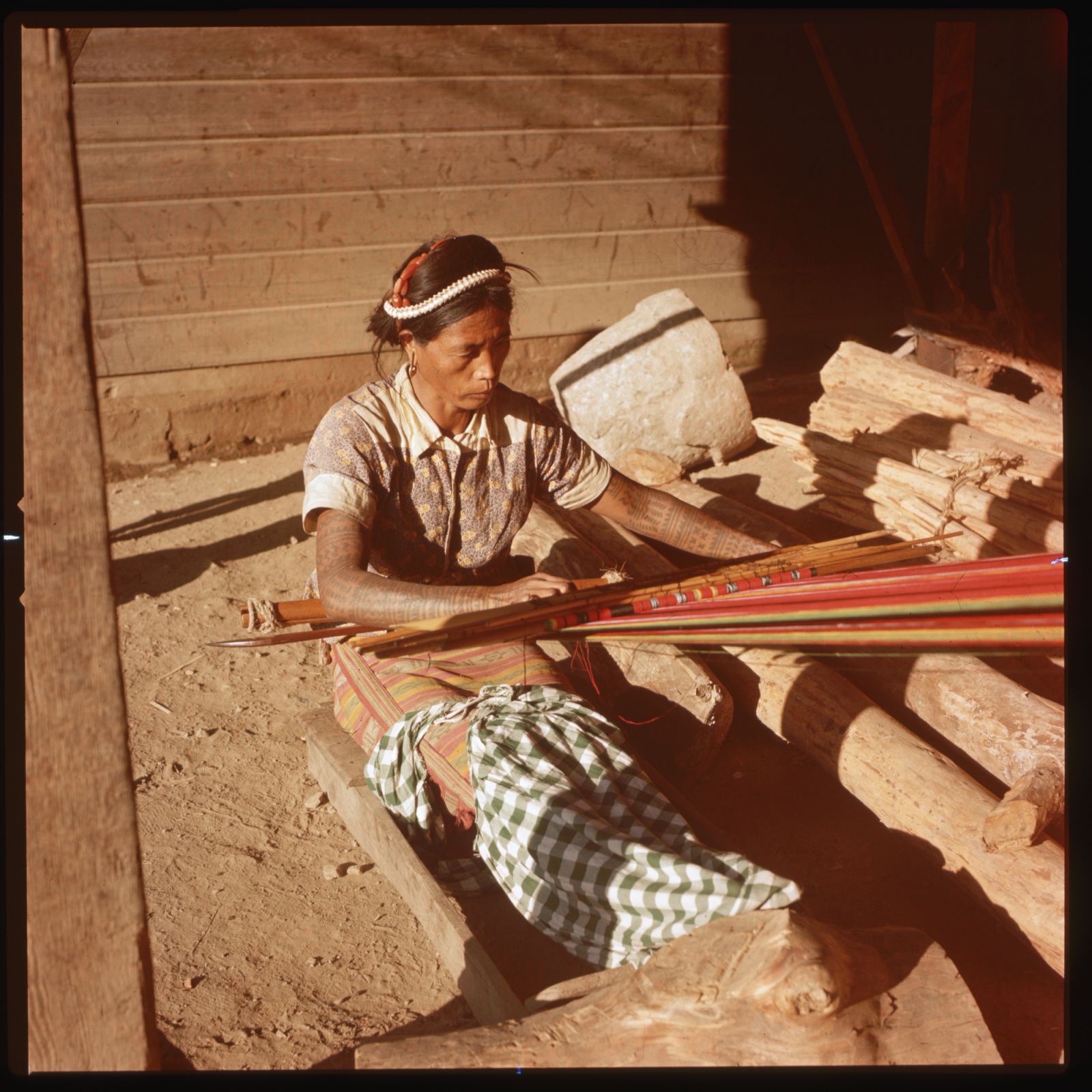Nine cultural masters have been conferred the Manlilikha ng Bayan award in December 2023. Read on to know more about them
Malacañan proclaims cultural masters Adelita Romualdo Bagcal, Abina Tawide Coguit, Sakinur-ain Mugong Delasas, and Bundos Bansil Fara as the Philippines’ latest addition to its list of National Living Treasures. Institutionalised in April 1992, the Gawad sa Manlilikha ng Bayan seeks to adopt a program to ensure genuine appreciation and transfer of the trailblazers' skills and works to the new generation.
In case you missed it: National Artist 2025: NCCA, CCP call for nominations
The National Commission for the Culture and The Arts (NCCA) and the Gawad sa Manlilikha ng Bayan Executive Council search for the finest traditional artists of the land. They should:
-
- Have a mastery of tools and materials needed for the traditional, folk art and be a maker of works of extraordinary technical quality;
- Have consistently produced works of superior quality over significant period;
- Have engaged in a traditional and folk art which has been in existence and documented for at least fifty (50) years;

- Command respect and inspire admiration of the country with his character and integrity;
- Must have transferred and/or willing to transfer to other members of the community the skills in the traditional and folk arts for which the community has become nationally known.
- However, a candidate who, due to age or infirmity, has left him/her/them incapable of teaching further his/her/their craft, may still be recognized provided that he/she/they must possess the qualifications as enumerated above.
More from Tatler: The National Artist Awards: Controversy, Winners, And Its Significance
Below is the list of the newly conferred National Living Treasures:









